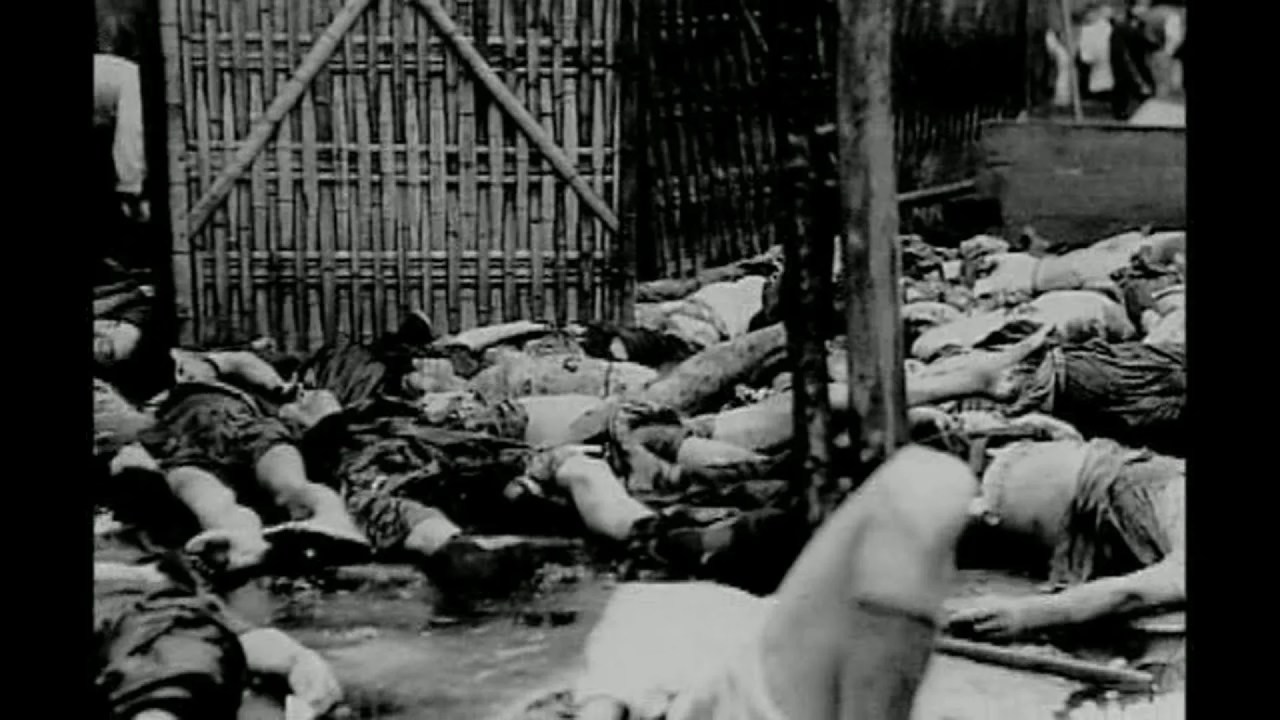Hong Kong to Sicily, this set of grip examines five of the unions most notorious criminal world.
The World History of Organized Crime travels the world to get an insight into some of the most active criminal organizations, dangerous and evil in existence. The five episodes focus on a different region, examining the conditions that contributed to these groups, talking to specialists in law enforcement about how they are fighting, and true stories of famous cases.
Sicily: With its long history of foreign occupation, the people of Sicily has created a culture of self-reliance, honor, and distrust of authority. With this in place, La Cosa Nostra emerged in late 1800 and was able to put a stranglehold on his country, which went virtually no threat until the end of 1980. That’s when Judge Giovanni Falcone began to prosecute and convict with the aid of the testimony of Tommaso Buscetta.
Russia: After the fall of the Soviet Union, Russia became a free market economy, opening the doors of the Red Mafia to take control of approximately 40% of the nation’s economy. As one of the most feared criminal organizations, violent, creative and well educated in the world, the red mafia has been hard to locate and close.
China: This program examines the secret history of the Triads, their traditions, their influence in America, and its main export commodity – human cargo.
India: Located in Bombay, “Bollywood” is one of the most prolific film industries and profitable in the world. Unfortunately, it is also the target of the Mafia underground, helping the industry and the government refused to assist with financing. The program also explores the roots of the mafia and traces back to the “thugs” of the 19th century.
Colombia: Focus on posters and in particular, Pablo Escobar, the program explains how the most lucrative exports Colombia – Cocaine – is formed in a country of violence and corruption. Using the narco-terrorism and bribery, posters quickly took control of Colombia, but even its dissolution did not complete the unstoppable flow of drugs.



